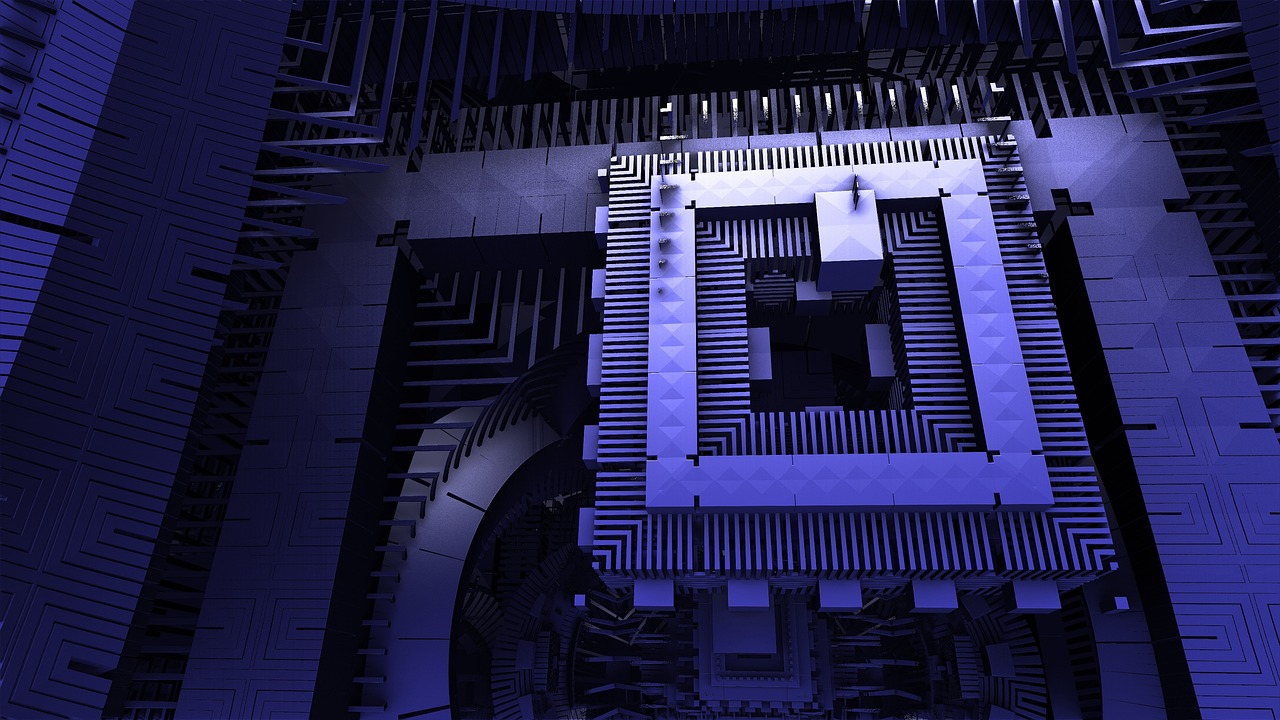It’s no secret that the intelligence community relies on digital communications networks to collect and share highly valuable information. However, agencies must prepare now for how quantum computing will disrupt encryption as we know it.

Quantum computing is hard for most people to comprehend, and understandably so. It is a heady combination of math, computer systems, and physics at a subatomic level. From a technical standpoint, classical computers calculate using binary bits — a one or a zero — while quantum computing uses “qubits” that can be a one, a zero, or a one and a zero at the same time. The crucial takeaway is that quantum computers can do exponentially more simultaneous calculations than classical computing, making them well-suited to solving complex problems. Quantum computers are poised to accelerate artificial intelligence development, create more accurate computer models, and crack the encryption standards we rely on for digital communications.
The Real Threats of Theoretical Computing
Everyday online transactions are protected by public-key systems like RSA, Diffie-Hellman, and Elliptic Curve Cryptography. They facilitate a certain amount of trust between the parties involved that information is going where it should. However, the raw math-crunching power of quantum machines will render these algorithms obsolete. They may also have the power to decrypt data that adversaries and criminals collect in “harvest now, decrypt later” attacks. That means encrypted data could be hoarded and decoded when they gain access to a sufficiently powerful quantum computer.
But these threats are being met with exciting cryptography innovations. Since 2015, the National Institute of Standards and Technology (NIST) has been working to identify new algorithms to replace the ones that quantum calculations could break. Three quantum-resistant algorithms have been approved for use in 2024, and more are under development.
Other data security advancements may still come. For example, quantum may improve data key distribution and generation, and better secure cloud data transmission with pre-shared keys. Data transmission itself might change, opting for quantum particles like photons to share data instead of algorithms.
Preparing for the Quantum Future
Moving to post-quantum cryptography will take significant effort over many years. The White House kicked off transition efforts for federal agencies with a 2022 national security memo (NSM-10) and a 2035 deadline. Agencies must take stock of their current cryptography inventory and prioritize which high-value systems go first.
The National Security Agency, on the other hand, is pushing for more aggressive timelines to switch national security systems to quantum-resistant options from the Commercial National Security Algorithm Suite 2.0. Replacing hardware, software and services that depend on public-key systems will better secure sensitive communications from current and future attacks.
How Close Are We to Quantum Computing?
About 72% of quantum computer experts think we’ll see a fully fault-tolerant quantum computer by 2035, with the remaining 28% expecting this accomplishment by 2040, according to McKinsey research. NIST predicts it could happen anywhere from a few years to a few decades from now. However, the global race is undoubtedly on.
The biggest names in tech — Google, IBM, Intel, and Microsoft — and a new wave of startups are focused on new breakthroughs while venture capitalists and governments are investing billions. China intends to spend $15.3 billion, followed by Germany ($5.2 billion), the United Kingdom ($4.3 billion) and the U.S. ($3.8 billion), according to McKinsey research. Each country aims to establish a technological edge and spark new quantum industries. And some nation-states are infiltrating academia and research facilities to steal intellectual property to get a leg up, says the FBI.
The competition underscores the urgency for the intelligence community to stay ahead of potential adversaries and accelerate efforts to embrace post-quantum cryptography.
To learn more about quantum and the other emerging technologies being used across government, visit this page for resources on the latest trends, leading vendors, and interesting applications of cutting-edge solutions.
Michael Shrader is Vice President of Intelligence and Innovative Solutions (IIS) at Carahsoft. In his role, he oversees a team of 300+ employees that supports over 250 technology vendors, driving over $2B in annual bookings. Michael’s teams help vendors penetrate the government market by supporting sales, marketing and go-to-market strategy. This support extends into educating technology vendors on how best to work with government, while also helping government understand how they can benefit from embracing new and innovative solutions.
Michael has received numerous distinctions for his work including the CRN Channel Chiefs Award and the FCW Rising Star Award.





Leave a Reply
You must be logged in to post a comment.